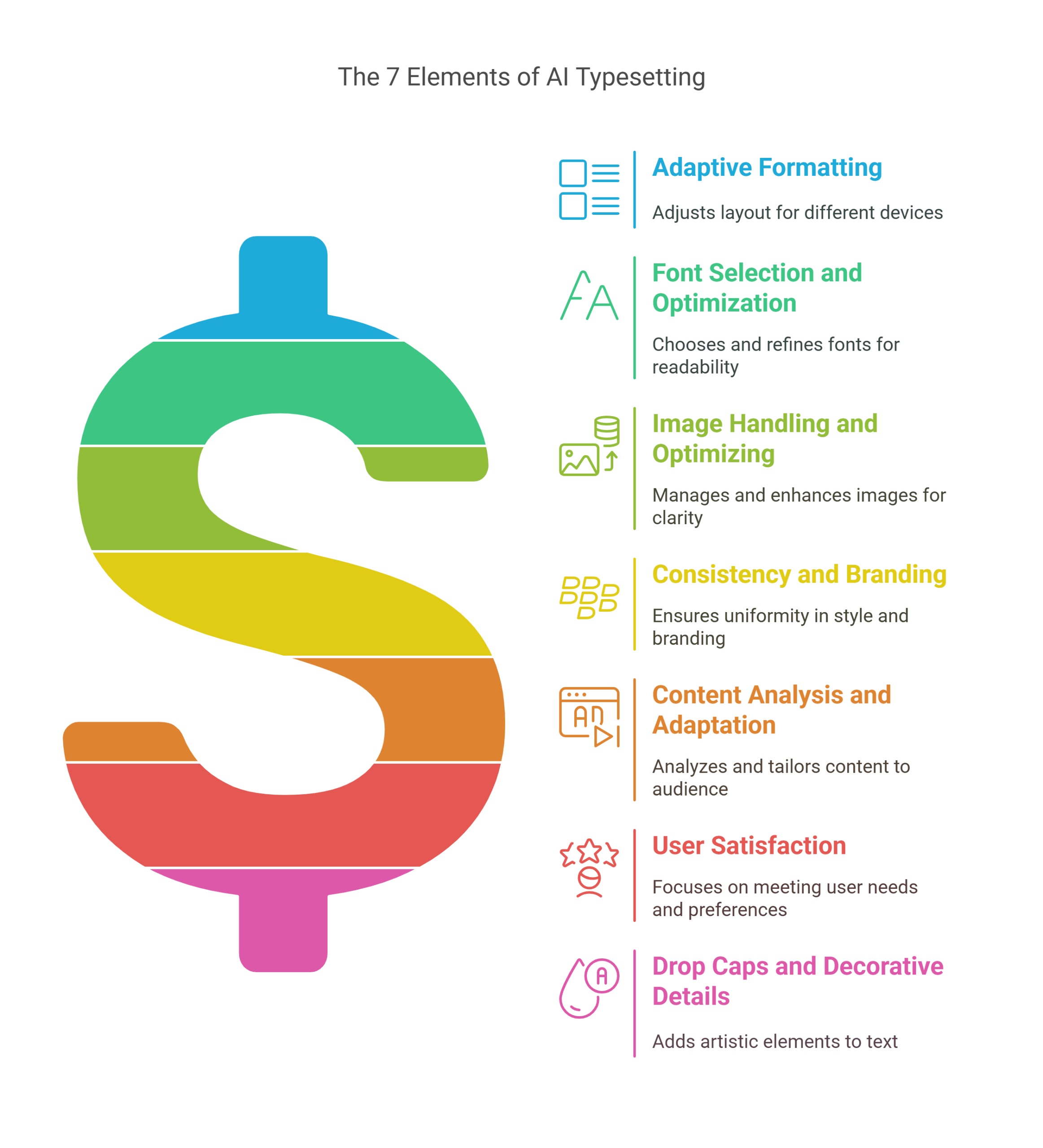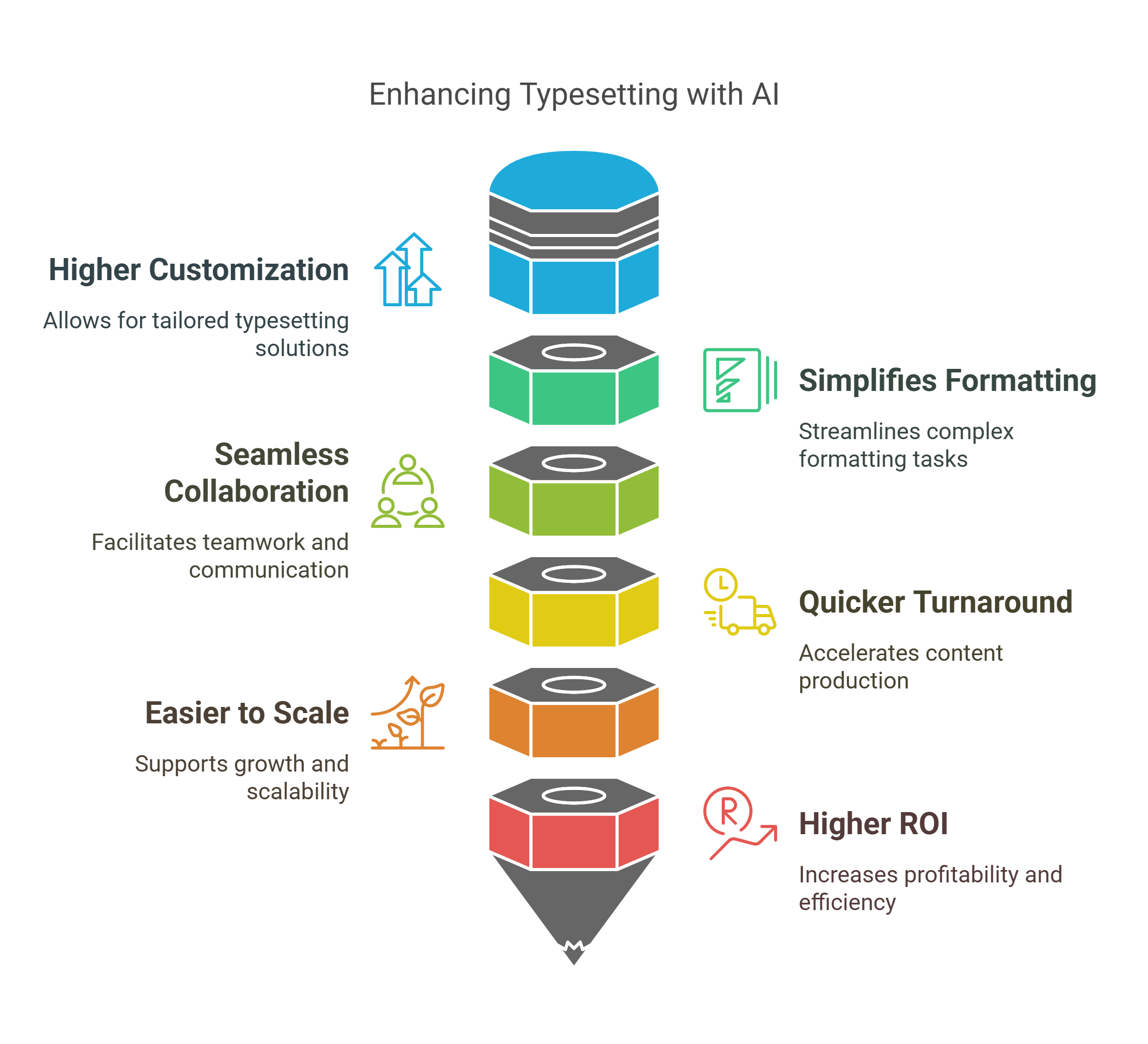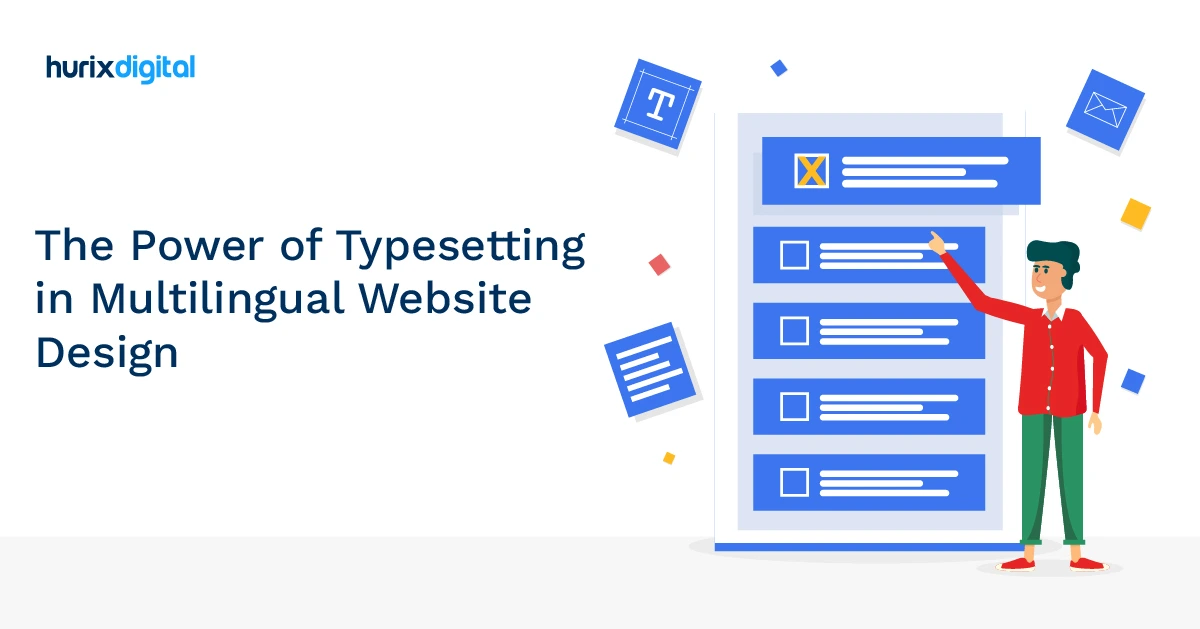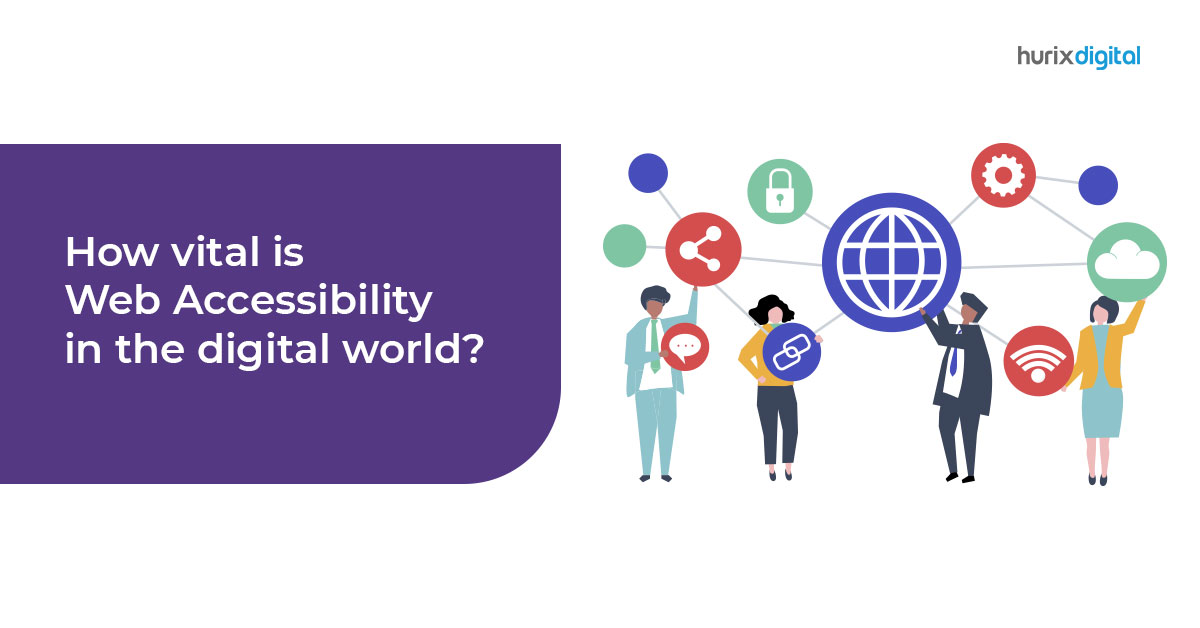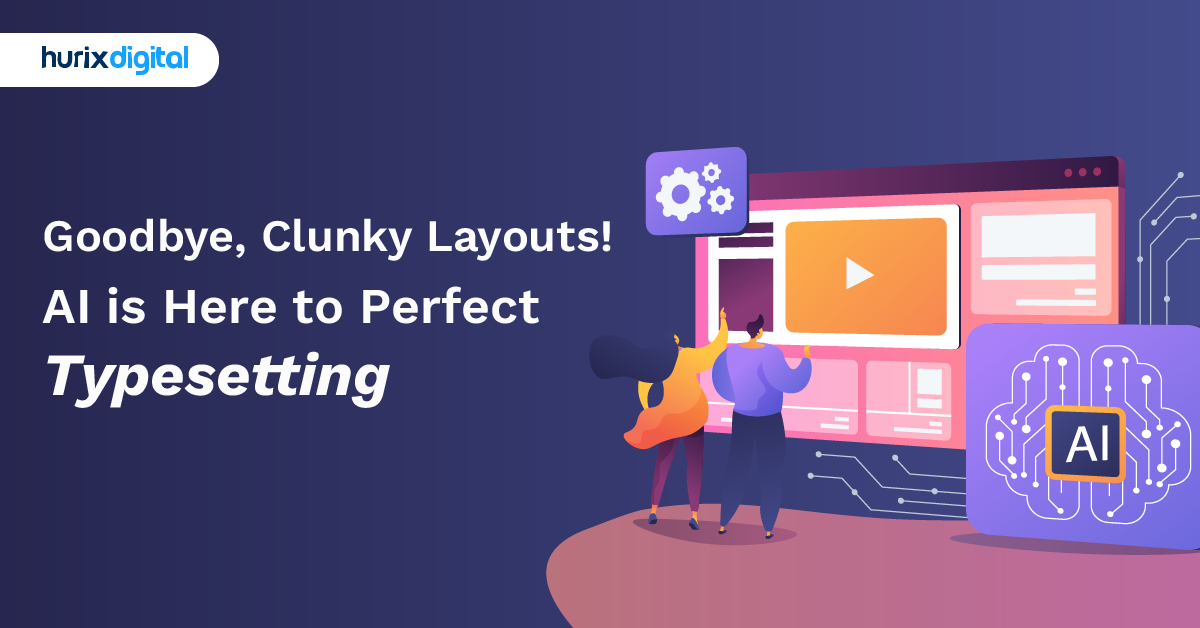
Goodbye, Clunky Layouts! AI is Here to Perfect Typesetting
Typesetting is the process of formatting and organizing texts, images, and other elements in a visually aesthetic and readable manner. While publishing a manuscript, typesetting is done after editing the final draft. It is a very important step as it enhances the reader’s experience and engagement with the text.
With the advancement in digital tools and technologies, typesetting has come a long way. Typesetting automation and AI-powered typesetting have significantly transformed the publishing industry. Some elements involved in modern-day typesetting are selecting fonts, adjusting the font size, setting margins, inserting images, and other visual elements.
If you are also hoping to adopt AI for professional typesetting, you are at the right place. In this curated guide, we talk about everything you need to know about design enhancement with AI.
Table of Contents:
- What is AI-Powered Typesetting?
- Understanding the Role of AI in Accessible Design
- What are the 7 Elements of AI Typesetting?
- Key Typesetting Challenges
- Key Advantages of AI in Typesetting
- Key Benefits of AI-Powered Typesetting
- Closing Thoughts
What is AI-Powered Typesetting?
Typesetting is the art of arranging and designing text in a way that appeals to the reader and enhances the document’s readability. It’s not just about choosing the right font; it’s about the size, spacing, alignment, and overall layout of text on a page.
AI-powered typesetting takes this traditional art form and infuses it with AI’s intelligence and capabilities. With AI, typesetting becomes more efficient and precise.
AI algorithms analyze content, understand its structure, and automatically format text to enhance readability and aesthetics.
Understanding the Role of AI in Accessible Design
AI technology is transforming the way text and images are organized, focusing on aesthetics and functionality. In the past, producing accessible content required massive manual modifications to meet accessibility standards. Nowadays, AI-driven typesetting tools can seamlessly blend accessibility into your design workflow.
These tools use machine learning to examine user data and automatically modify design layouts to improve overall readability. For example, AI can change font sizes, line spacing, and contrast levels to enhance text legibility for people with visual impairments. It ensures compatibility with screen readers by organizing easy content for assistive devices to navigate and understand.
1. Enhancing Visual Accessibility in Content
One of the most effective methods AI improves accessibility is by ensuring that individuals with visual impairments can read content easily. AI-powered typesetting tools make visual modifications for their users by evaluating every page. Here are some examples of this process:
- Automated Font Sizing and Line Spacing: With AI features, there is no need to change fonts and spacing for every document manually. AI tools can automatically determine the best font sizes and line spacing, particularly in adaptive digital formats. For individuals with low vision, enlarged fonts and more spacing facilitate easier reading, enabling access to your content without discomfort.
- Automated Alt Text: Artificial intelligence can produce alt-text descriptions for visual elements such as images, which are crucial for consumers with visual impairments. With the help of machine learning, these descriptions improve in accuracy over time, offering a more inclusive reading experience and brand enhancement.
2. Screen Reader Compatibility and Structured Layouts
One of the most significant contributions of AI technology in typesetting is its ability to enhance screen reader compatibility. Screen readers interpret and vocalize text for people with vision impairments, but you must ensure a well-structured layout to function correctly. Here’s how AI optimizes layouts for screen readers:
- Content Hierarchy: AI-based tools can also identify the content hierarchy, emphasizing headers or important sections. By tagging key elements in a way that screen readers recognize, AI helps your users navigate documents more intuitively.
- Predictive Accessibility: AI can predict potential accessibility issues by analyzing common layout problems that hinder readability. For example, if the text is too close to an image or overlay, the AI may suggest adjustments for screen reader users to avoid confusion.
As machine learning continually improves these tools, you will find it easier to comply with accessibility standards and produce content that serves a diverse and inclusive audience.
What are the 7 Elements of AI Typesetting?
AI-powered typesetting utilizes various algorithms, such as machine learning and natural language processing. By strategically harnessing these algorithms’ true potential, the productivity of all AI typesetting features can be enhanced.
Mentioned here are some elements and features that AI typesetting algorithms can optimize:
1. Adaptive Formatting
Numerous reading devices and platforms are available in the market, such as e-readers, smartphones, computers, laptops, tablets, etc. With adaptive formatting offered by AI typesetting, all layout constraints can be eliminated. AI automatically optimizes the alignment and typography for different screens and devices.
Manual adaptive formatting is a very time-consuming and lengthy process. With AI, adaptive formatting, print, and digital compatibility can also be enhanced.
2. Font Selection and Optimization
One of the beneficial features of advanced typesetting techniques is font selection and optimization. AI-driven algorithms can automatically analyze the content and context of the manuscript and suggest appropriate fonts. They also consider other elements like font size, color, styles, legibility, and line spacing.
Some advanced AI-assisted typesetting software can also suggest fonts and other related elements depending on user preferences. The AI algorithms learn from previous feedback and interactions to suggest high-level customization.
3. Image Handling and Optimizing
Image handling and optimization with AI innovation in typesetting involve numerous machine learning techniques. These techniques can perform tasks like image analysis, processing, resizing, enhancement, etc. AI in typesetting can suggest image placement and positioning ideas, considering factors like aspect ratio, surrounding texts, visual coherence, etc.
Additionally, AI-powered typesetting also takes care of image-object interaction. For instance, it can read objects like QR codes & product barcodes and automatically link them to relevant links or information.
4. Consistency and Branding
AI-powered typesetting has access to pre-loaded design guidelines and brand image requirements. The guidelines are very specific, keeping in mind the brand image, like color, logo, size, spacing, font, etc. AI typesetting then ensures all other elements are consistent with the brand image. For instance, it might change the font color in certain sections to match the brand image.
Along with brand consistency, AI also checks compliance. It can detect any variations from the specified brand regulations and pre-required guidelines.
5. Content Analysis and Adaptation
Along with analyzing the structure and formatting, AI-powered typesetting also examines the context of the content. Adapting the content based on the target audience and medium is crucial to ensure its readability and engagement. For instance, translated Urdu proverbial phrases will not be able to gauge an American reader’s attention unless they have been contextually translated.
Content segmentation is another important aspect of content analysis. The AI-driven typesetting algorithms divide and segment the text into smaller sections to improve its readability and language rules. Different formatting is also automatically applied to each section to ensure branding compliance and consistency.
6. User Satisfaction
AI-driven typesetting techniques can gather feedback and data on each element of the typesetting process, such as fonts, layout, content adaptation, design, readability, etc. Additionally, they can record user satisfaction by closely analyzing the user interaction with each of these elements individually and collectively.
Recently, AI typesetting has also started leveraging machine learning to improve formatting, design, and readability continuously. The system automatically recognizes areas needing improvement and begins working on them. AI-driven improvement is an ongoing process that strives to enhance the overall experience.
7. Drop Caps and Decorative Details
AI typesetting algorithms ensure the artistic integrity of the content by taking care of minute document compositions like drop caps, page borders, embellishments, etc. With the automatic drop cap identification feature, the first letter of each paragraph is capitalized.
AI algorithms can automatically suggest drop cap placement considering the content layout and context. The first letter can also be enlarged or changed in color to garner attention.
Other details, like borders, graphics, white space, etc., can be managed aesthetically with decorative style options. The pre-loaded database can suggest appropriate styles consistent with the document’s overall aesthetic.
Key Typesetting Challenges
Here is an overview of the challenges related to manual typesetting processes:
1. Longer Go-To-Market Time Frame
Typesetting has traditionally been a time-consuming process. The format for each section and content product had to be decided from scratch.
Hence, it would take longer for publishers to take their work to market.
2. Labor-Intensive Activity
This was a labor-intensive activity that took up a lot of mental bandwidth. Designers spent extensive time on each manuscript, where each section needed to be laid out independently.
They also had to manually ensure uniformity of each section and standardization of the typesetting.
3. Lack of Seamless Collaboration
A third challenge is that there would be extensive back-and-forth between the multiple stakeholders of any project. These included editors, authors, designers, and advertisers.
Every draft needed to be emailed to various stakeholders, who would then come back with changes that needed to be manually made to the draft.
Key Advantages of AI in Typesetting
Here’s an overview of cloud-based AI-driven typesetting software that is revolutionizing the typesetting process and delivering better results for businesses:
1. Higher Level of Customization
Typesetting automation with AI intuitively recommends relevant templates and styles based on content needs.
Auto styling capabilities with easy conversion between formats enable faster turnaround time without compromising on quality.
2. Simplifies Complex Formatting
As AI in the typesetting industry becomes the norm, the tools solve many common challenges. For instance, publishing Mathematical formulae is a key challenge due to the complex formulae involved.
However, AI-powered typesetting tools enable each formatting of such formulae. Another key solution is the ability to publish content in languages of a different script, such as Arabic and Chinese.
This solution helps businesses reach more markets, as they can publish content in multiple languages and break through language barriers.
3. Seamless Collaboration
Cloud-based AI typesetting software brings multiple stakeholders, such as editors, authors, and designers, onto one platform at a time, enabling them to collaborate seamlessly.
Corrections come with track changes, emails are triggered to authors and editors for review, and editors can view the status of articles at any given time. Easy collaboration reduces the double work and boosts the potential for a superior product.
4. Quicker Turnaround of Content Products
Features such as auto-styling and easy collaboration help teams reduce the duration of their production cycles. Thus typesetting innovation with AI enables businesses to expedite the entire process, and take their products to market much faster.
5. Easier to Scale
The digital publishing market, valued at $36.8 billion in 2021, is estimated to become a $69.8 billion industry by 2028. Businesses looking to be a part of this revolution need to upgrade the technology creating the content.
With expedited timelines for each production cycle, businesses can scale their publishing efforts and produce more digital books, textbooks, marketing material, and scientific journals based on their field of work. This will help them stay relevant in an increasingly digitized world.
6. Higher ROI
The shift from traditional typesetting methods to AI-based typesetting techniques helps businesses work with lean teams. It also expedites their production cycles and avoids the waste of time and resources.
The products delivered have the potential to be of superior quality. All these factors contribute to helping businesses cut costs and become more profitable.
Key Benefits of AI-Powered Typesetting
Typesetting helps your content become more visually engaging, readable, and accessible for consumers. Previously, typesetting involved a more manual approach, requiring massive human efforts and precision for every page to look professional grade. However, AI technology has revolutionized typesetting in the publishing industry. By adopting AI typesetting design, you can experience features like rapid automation, personalized layouts, and a level of consistency that was once difficult with manual labor. By using the vast dataset of AI-driven intelligent typesetting, you can make publishing efficient and cost-effective.
1. Enhanced Efficiency and Speed
In a rapidly evolving digital landscape, quickness is vital. AI technology speeds up the typesetting process, greatly minimizing the time needed to organize, align, and finalize layouts. Unlike traditional typesetting, which relied on manual modifications for each element on the page, AI-powered typesetting design automates these tasks. Sophisticated algorithms evaluate text, images, and layout configurations to produce refined designs promptly. This capability allows you to manage more projects within a reduced timeframe, effortlessly meeting deadlines.
This boost in efficiency is revolutionary for designers, editors, and publishers. Automated Typesetting allows you to shift your efforts and responsibilities toward polishing content and improving the consumer’s experience.
2. Consistency and Precision
Maintaining consistency is vital in typesetting design. When dealing with intricate, multi-page documents, keeping uniformity in spacing, alignment, and font styles throughout each page can be difficult. AI technology excels in this regard, enhancing uniformity in every document it handles. Algorithms use established rules and standards, ensuring that each page exemplifies the same layout quality, specifically beneficial for eBooks, magazines, and other design-heavy content. This feature is especially advantageous for businesses that require brand consistency.
Automated typesetting design ensures that brand elements, such as colors, fonts, and logo placements, maintain consistent visual language throughout all digital and printable materials.
3. Improved Readability and Accessibility
One of the major benefits of AI technology is its capacity to improve readability and accessibility in typesetting design. AI algorithms assess and modify font sizes, line spacing, and color contrasts to produce visually comfortable text, whether it’s for digital displays or printed materials. This level of customization accommodates various reader preferences and viewing options, making your content more available to a broader audience.
The application of AI technology in typesetting is especially valuable for digital platforms such as eBooks, mobile applications, and websites where readability across different devices is essential. AI ensures that text is adapted to fit multiple screen sizes without compromising quality or clarity. This adaptability is useful in generating more engaging experiences for users, regardless of their device.
Closing Thoughts
It is important to remember that although AI-powered typesetting techniques come with multiple in-built tools and features, the final decision lies with humans. The AI tools can offer suggestions, but whether they should be implemented depends on the human typesetter.
Although artificial intelligence is very smart, it can fail to mimic a human’s sensibility and contextual understanding. Therefore, human typesetters can rely on AI for heightened productivity and efficiency but should not give up their voice of reason.
If you need help striking this balance between AI and human typesetting, Hurix Digital offers typesetting services. We will streamline all your processes and enhance the quality of the final output.

Vice President – Content Transformation at HurixDigital, based in Chennai. With nearly 20 years in digital content, he leads large-scale transformation and accessibility initiatives. A frequent presenter (e.g., London Book Fair 2025), Gokulnath drives AI-powered publishing solutions and inclusive content strategies for global clients

